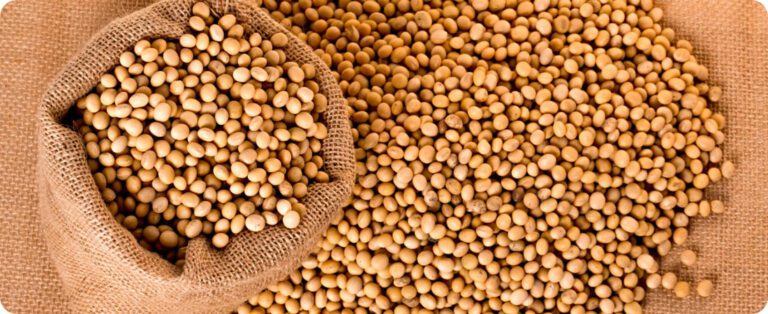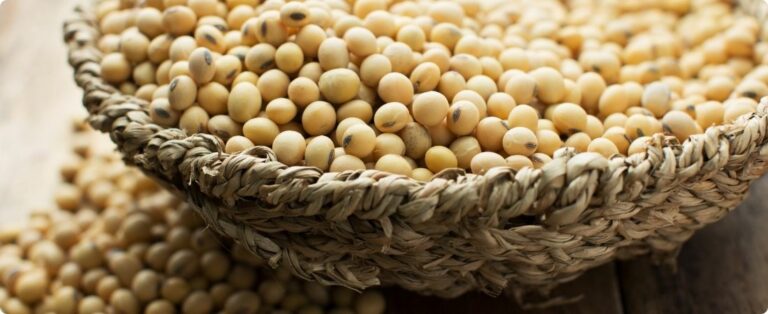Unlike soybeans and corn, grains used for food and inputs in the agricultural production chain, cotton is a commodity linked to the textile and cosmetics industry. In this way, cultivation, on farms throughout Brazil and the world, has an important link with the catwalks and retail. In Brazil, the harvest of the new crop has been gaining pace, but with marketing challenges amid the coronavirus pandemic.
The Consultancy spoke with the cotton purchasing manager at Companhia Valença Industrial and coordinator of the Cotton Committee of the Brazilian Association of the Textile and Clothing Industry (ABIT), Sérgio Armando Benevides Filho, and with the designer Isaac Silva, in order to understand how This commercial dynamic works between the two links.
According to projections pointed out by Benevides Filho, this year alone, Brazil will produce 2.90 million tons of cotton. Domestic consumption will absorb 720 thousand tons, that is, 60 thousand tons per month. However, according to him, the pandemic put pressure on global consumption, going from 26 million to just over 22 million, a decrease of 15%.
“The recovery is slow, the textile sector is one of those that has suffered most from the pandemic, especially the lower part, that is, pants, shorts, because now everyone is on live/video conferences, and no one needs to know what they are wearing on the bottom. People are without crowds, without parties, they are basically working from home”, ponders Benevides Filho.
DATAGRO also asked designer Isaac Silva how the pandemic impacted the clothing sector. “It affected not only fashion, but all sectors. This is one of those moments that marks the world. As we no longer have wars, like in the 20th century, we will experience health wars against viruses”, he pointed out. “The industry will need to make technological, antibacterial fabrics, so as not to have to wash clothes all the time,” said Silva.
In addition to betting on changes in textile production, with expectations of better demand after the height of the pandemic, the designer also highlights the lack of knowledge of some involved in the world of fashion with the raw material: cotton, but highlights the importance of traceability. “I want this to be a trend, for the creator and the consumer to know what they are buying. From farm to catwalk, from stores to the end customer.”
China, the United States, India, Pakistan, Uzbekistan, Brazil and Turkey account for around 80% of all cotton production in the world. However, in global trade, there are still preferences for some markets with the claim that they would have higher quality, for example.
{module 442}
“The big issue is that US cotton has HDI [High Volume Instrument] control and they store it by batch, so they put the batch with length, strength, micronaire and quality, all similar”, says Benevides Filho, who envisions this technological advance in Brazilian production, despite the disparity between countries.
“One of the differences we can have is the issue of stacking bales per batch, and there is the issue of seed control. The idea is to get the highest quality seeds to provide greater uniformity, but it is a very delicate matter”, adds Benevides Filho.
Asia
The trade conflict between the USA and China benefited different agricultural sectors in Brazil, such as livestock, soybeans, corn and in the case of cotton it was no different. The continent is one of the main markets for Brazilian fiber, despite having important domestic production.
“The last year was excellent for the sector, this trade war between the two. China imported more cotton from Brazil than from the USA and it was precisely the year that Brazilian production registered a record. China used to buy 10% from Brazil and started buying 35% of what they imported”, explains Benevides Filho. The volume shipped was close to domestic consumption in Brazil.
Other countries in the Asian market, one of the largest consumers in the world, are on the radar of Brazilian trade. “Marcelo Duarte from the Brazilian Association of Cotton Producers (ABRAPA) is opening an office in Singapore precisely to promote Brazilian cotton throughout the world”, says the ABIT representative. ABRAPA has support from the Brazilian Export and Investment Promotion Agency (Apex-Brasil) in the project.
Industrial consumption of fibers and filaments in Brazil
Cotton is the natural raw material most used by the textile industry. In 2019, according to information from ABIT, the commodity represented 46.1% of use by the industry, that is, 720 thousand tons. Synthetic polyester comes in second place. The national industry absorbed 36.3%, that is, 566 thousand tons.
Export
In addition to being a large domestic consumer, Brazil is characterized as an important exporter of raw materials, with China as its main buyer in 2019, according to data from the Ministry of Industry, Foreign Trade and Services (MDIC) through Comex Stat . The Asian giant generated US$ 820 million in revenue and absorbed 31.5% of the total shipped.
Vietnam comes in second place with revenue of US$ 326 million. The country imported 13.7% of the total shipped.
Source: DATA
READ TOO:
{module 441}















